Exploring the Depths of Turkey: The Most Fascinating Caves and Underground Cities
Turkey is a tourism paradise. From the most beautiful beaches where we can enjoy the trio of sea, sand and sun in summer to magnificent forests, from fairytale-like lakes to majestic mountains, whatever you like for a vacation is available. For adventurers, this geography has a lot to offer! If you like to run from one adventure to another like Lara Croft, if you like to experience splendor and eeriness together, run to our article where we list the most fascinating caves and underground cities of our country!
Damlataş Cave - Antalya
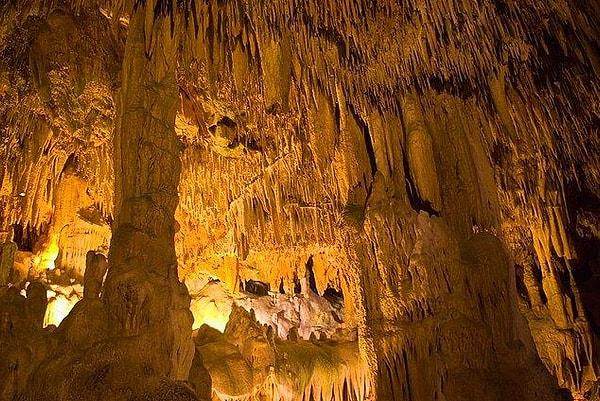
Located on the west coast of the historical Alanya Castle, the cave is Turkey's first cave opened to tourism. It was discovered in 1948 during excavations for stones to be used in the construction of Alanya Harbor. The name Damlataş comes from the drops of water that continue to drip from the stalactites. Damlataş Cave appeals not only to the eyes but also to health. Thanks to its humidity of up to 90 percent, it is a place frequently visited by asthma patients to find healing.
Karain Cave - Antalya
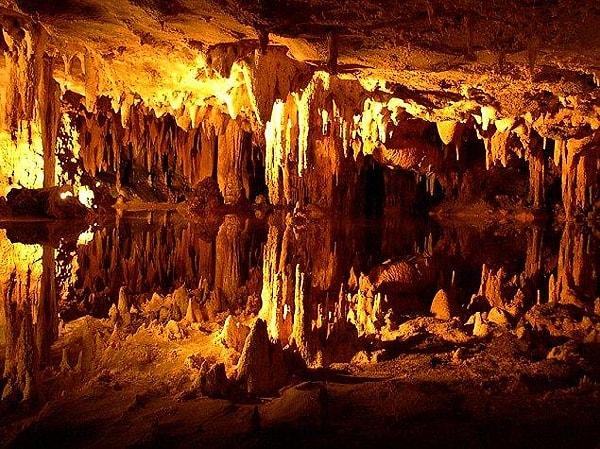
Antalya is a city that attracts attention not only with its sea and beautiful weather in all seasons, but also with its caves. Karain Cave is one of the pearls of Antalya. Karain Cave, one of the largest natural caves in Turkey, is located at an altitude of about 450 meters. As a result of archaeological excavations, traces of 500,000 years of life were found in the cave.
Astım Cave - Mersin

Located 600 meters northwest of the Cennet Cehennem Sinkholes in Narlıkuyu Town of Mersin's Silifke district, Astım Cave is a truly fascinating natural wonder. Filled with stalactites and stalagmites formed by the accumulation of silica mineral, the cave is also a healing place for asthma patients. The depth of the cave is about 15 meters and its formation dates back to the third geological period.
Cennet Cehennem Sinkholes - Mersin
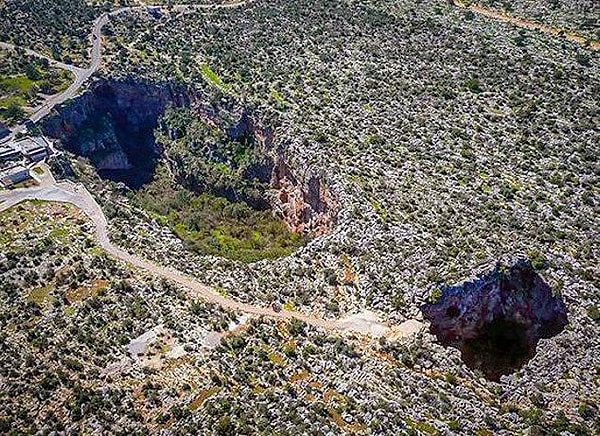
Next on the list after the Astım Cave is another natural wonder located very close by: the Cennet and Cehennem Sinkholes, which are situated 2 kilometers northwest of the Silifke Ancient Narlıkuyu Port and 5 kilometers west of Kızkalesi. These sinkholes were formed by the erosion of the limestone layer by underground water, which emptied the water inside and caused the roof of the structure to collapse over centuries. There is a small church at the entrance to the Cennet Sinkhole, which is a subject of mythological stories. You can reach the church by climbing 450 steps, which can be seen as a small exercise. Unfortunately, it is not possible to descend into the Cehennem Sinkhole because its outer edges have a concave shape. According to legend, Zeus defeated the fire-breathing hundred-headed dragon Typhon in a battle here and imprisoned him in the Cehennem Cave for a while before sealing him in the Etna Volcano forever.
Kaymaklı Underground City - Cappadocia
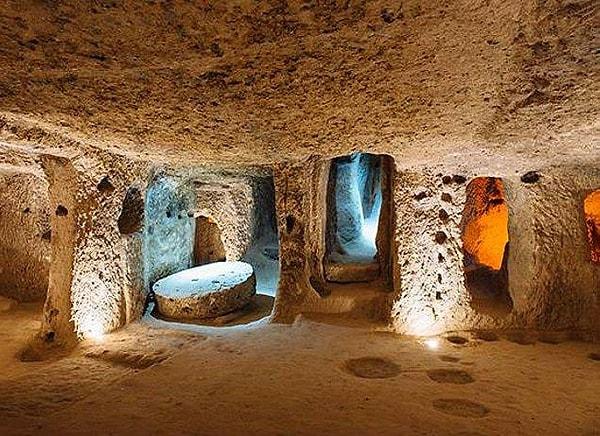
The fascinating beauties of Cappadocia are endless. Fairy Chimneys and colorful balloons, there is another region that attracts our attention: Kaymakli Underground City. The history of the city dates back to 3000 BC. Built as an 8-story structure during the Hittite Period, it was expanded during the Roman and Byzantine periods and became an underground city. The rooms and halls accessed through narrow corridors contain wine storages, water cellars, kitchen and supply storages, ventilation shafts, water wells and a church. Large bolt stones were placed on the doors to prevent any danger from the outside.
Ani Caves - Kars
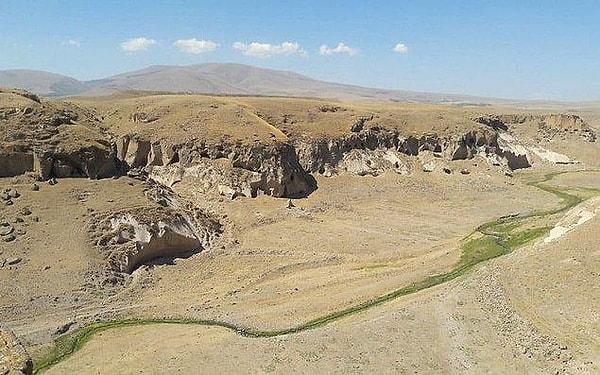
'City of 1001 Churches' Ani... It has been home to many civilizations for centuries and has witnessed many wars. Located on the banks of the Arpaçay River near the Turkish-Armenian border, the city is on the UNESCO World Heritage Tentative List. The buildings in the area where the ruins are located have features from Armenian architecture as well as Georgian and Seljuk architecture. There are ideas that these caves were used as tombs and churches. Another idea is that people were still living in these caves until the early 20th century.
Dolichiste - Kekova

Next up is something perhaps more interesting than an underground city: An underwater city! Dolichiste is located off the coast of Kaleköy and Üçağız, near the Demre district of Antalya. It is also referred to as 'Kekava' in the sources. The island of Kekova was flooded by earthquakes and became a sunken city. Unfortunately, not enough archaeological studies and excavations have been carried out around the island. For this reason, it is assumed that there are many mysteries under the waters that have not yet been discovered. On the right side of Tersane Bay, there are shops in the sea and on the left side, there are the remains of some structures that are not certain what they are. These are thought to be the remains of the foundations of houses.
Dupnisa Cave - Kırklareli

Dupnisa Cave is located in a region covered with lush green dense vegetation where the Rezve Stream, which forms the Turkey-Bulgaria border, cuts through the Strandja Mountains. There are two floors and three caves connected to each other in the area formed in marbles in the second geological period. In fact, the structure is not a single cave, but a system of caves. There are Kuru and Kız Caves on the upper side. About 50 meters below them is the Sulu Cave. The cave is a world-famous gem that has been forming for about four million years. The cave air, which has high humidity and varies between regions, is believed to be very beneficial for health.
Mucur Underground City - Kırşehir

Mucur Underground City is located within the borders of Mucur District of Kırşehir. Today, 42 underground rooms of the city are open to visitors. The food and water cubes buried in the ground in each room have survived to the present day. There are also water wells and niches in the rooms. These rooms can be reached by passing through very narrow corridors with a height of about one and a half meters. It is known that such underground cities were built in the early Christian era to protect against the pagan Kaiser.
Keşfet ile ziyaret ettiğin tüm kategorileri tek akışta gör!


Send Comment